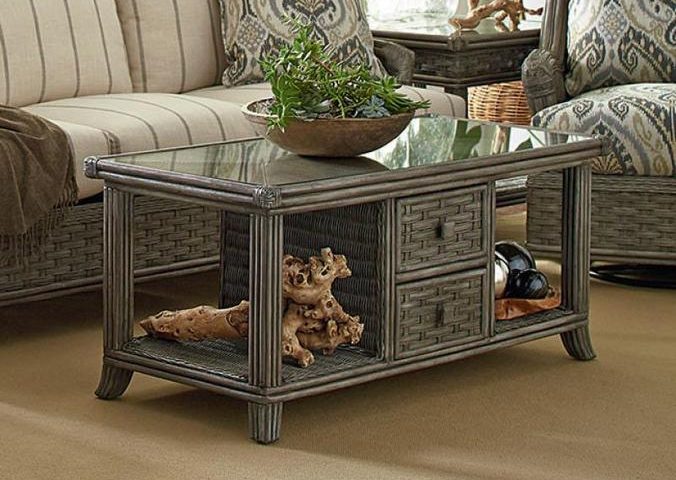When it comes to purchasing furniture, making the right choices about materials is crucial. Furniture serves both functional and aesthetic purposes in our homes and workplaces, and the materials used play a significant role in determining its durability, comfort, and style. In this comprehensive guide, we will delve into the world of furniture materials, focusing on the selection of wood, metal, and composite materials. We’ll explore the properties, advantages, and disadvantages of each material, enabling you to make informed decisions when choosing the perfect furniture for your space.
Wood: Timeless Elegance and Versatility
Wood is a classic and widely used material for furniture, renowned for its timeless elegance and versatility. When selecting wooden furniture, it’s essential to consider the type of wood used. Hardwoods like oak, cherry, and maple are known for their durability and beautiful grain patterns, making them excellent choices for long-lasting pieces. Softwoods, such as pine and cedar, are more affordable and suitable for less frequently used items.
Types of Wood
- Hardwood: As mentioned, hardwoods are prized for their durability. Oak, for instance, is known for its strength and resistance to wear and tear. Cherry wood boasts a rich, reddish-brown hue that darkens over time, while maple offers a light, uniform appearance.
- Softwood: Softwoods like pine are lighter in color and weight, making them ideal for casual and rustic furniture. However, they may be less durable than hardwoods.
- Exotic Woods: Exotic woods like mahogany and teak are prized for their unique grain patterns and natural resistance to elements, making them perfect for outdoor furniture.
Pros of Wood
- Aesthetic Appeal: Wood adds a warm, natural, and timeless beauty to any space.
- Durability: High-quality hardwoods can last for generations.
- Customization: Wood can be easily carved, stained, or painted to achieve the desired look.
Cons of Wood
- Cost: High-quality hardwood furniture can be expensive.
- Maintenance: Wood may require periodic maintenance, like refinishing and resealing.
Metal: Modern Durability and Minimalism
Metal furniture has gained popularity in modern interior design due to its durability and minimalist aesthetic. When choosing metal furniture, you should consider the type of metal, finish, and design to match your decor.
Types of Metal
- Steel: Steel is a strong and sturdy choice, commonly used for industrial and contemporary furniture. It can be finished with various coatings to resist corrosion.
- Aluminum: Lightweight and corrosion-resistant, aluminum is excellent for outdoor furniture. It can be powder-coated for added durability and style.
- Iron: Wrought iron provides an elegant and timeless look, often seen in garden and patio furniture.
Pros of Metal
- Durability: Metal furniture is highly resistant to wear and tear.
- Low Maintenance: It requires minimal upkeep, especially when coated with protective finishes.
- Versatility: Metal can be molded into various shapes and styles, from sleek modern designs to intricate, traditional patterns.
Cons of Metal
- Weight: Some metal furniture can be heavy, making it challenging to move.
- Temperature Sensitivity: Metal can become hot in direct sunlight and cold in chilly weather.
Composite Materials: The Best of Both Worlds
Composite materials, like MDF (Medium-Density Fiberboard) and particleboard, offer a balance between wood and metal. They are engineered to provide durability, affordability, and versatility.
Types of Composite Materials
- MDF (Medium-Density Fiberboard): Made from wood fibers and resin, MDF is dense, smooth, and easy to paint. It’s commonly used for cabinets, shelves, and panels.
- Particleboard: Particleboard is constructed from wood particles and adhesive. It’s an economical option for less frequently used furniture.
Pros of Composite Materials
- Affordability: Composite materials are typically more budget-friendly than solid wood or metal.
- Versatility: They can be used in various furniture applications.
- Stability: Composite materials are less prone to warping or splitting.
Cons of Composite Materials
- Durability: They may not be as long-lasting as solid wood or metal.
- Limited Customization: They may not be as easy to customize or repair as wood.
Conclusion
Choosing the right material for your furniture is a significant decision that impacts both the functionality and aesthetics of your space. Each material—wood, metal, and composite—has its unique advantages and disadvantages. By understanding these characteristics, you can make informed choices that align with your preferences, needs, and budget. Whether you’re looking for the timeless beauty of wood, the modern durability of metal, or the cost-effective versatility of composite materials, this guide equips you to make the best decisions when purchasing furniture that suits your lifestyle and space. Remember that selecting the right material is just the first step in creating a comfortable and visually appealing environment; the design and construction quality are equally important to ensure your furniture stands the test of time.






No Comment